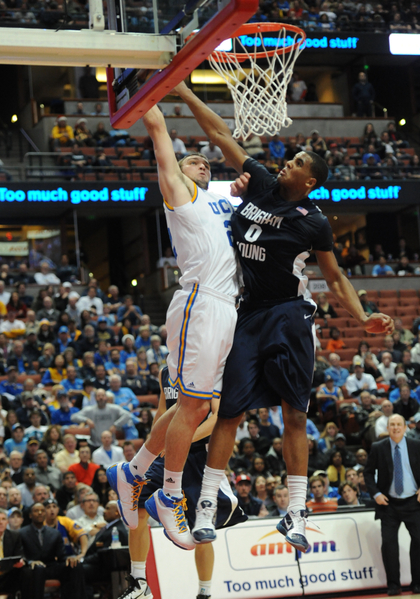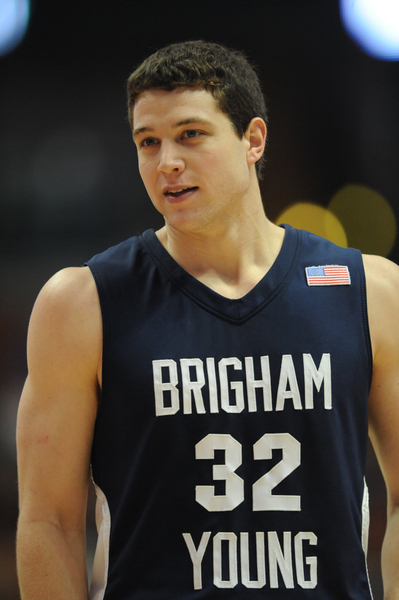Behind the Numbers: Structures and Strategies
Posted by KCarpenter on March 23rd, 2011One eight seed made the Sweet Sixteen. The rest of the Sweet Sixteen party crashers? Two eleven seeds, a ten, and a twelve, including Virginia Commonwealth and Richmond. If you tally up the rest of the seeds, this looks pretty much like Silver’s predicted distribution. The structural inequalities of the bracket should have told us to expect more second round (excuse me, “third round” upsets) from the seeds in the 10-12 range. Of course, are these even really upsets? The Pittsburgh loss to Butler was a genuine shock but the rest of the “upsets” really seem to fall upon the coin flip in the flat part of the s-curve. Silver notes that the composite computer “power ratings” show essentially the same difference between first and second seeds as between the fifth and thirteenth seeds. What this means is what we knew all along: the best teams are in a whole separate class from the bulk of the teams in the tournament, while the majority of teams are at close to the same level. This is a long way to get to this essential point: We shouldn’t be surprised to see VCU, Richmond, Marquette or Florida State in the Sweet Sixteen.
We also shouldn’t act like the bracket design is done affecting who makes the Final Four and who wins the championship. Ken Pomeroy was quick to run the log5 probabilities of the remaining sixteen and had some interesting findings. While you would think that winning two games would have increased every team’s chances of winning it all, you’d only be mostly right. San Diego State and Kentucky actually saw their chances at a championship drop as the biggest obstacles in their path to the championship refused to be upset. Conversely, Kansas’s location in the decimated Southwest Region has made them a near-prohibitive favorite to make the Final Four. Likewise, Pittsburgh’s ignoble fall in an already weak Southeast Region has given the Wisconsin Badgers a real shot at a championship. The Badgers’ calculated chances of winning it all went from a mere 2.5% to 9.5%. Of course, technically, that’s a tiny increase in proportion to the change in VCU’s chances. The Rams went from having a 0.0005% chance at a championship to a 0.2% chance at winning the big one. While those are still long odds, their chances of winning increased 400-fold. So that’s worth something.

















































